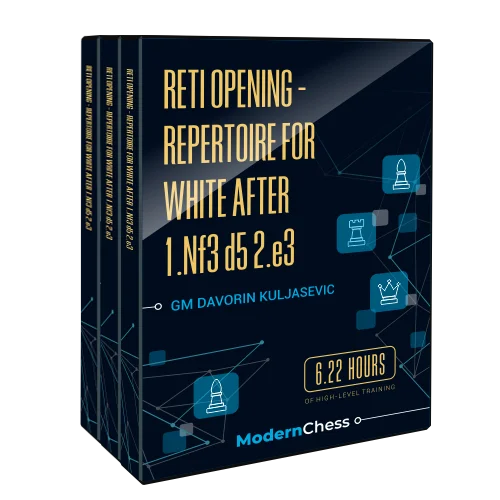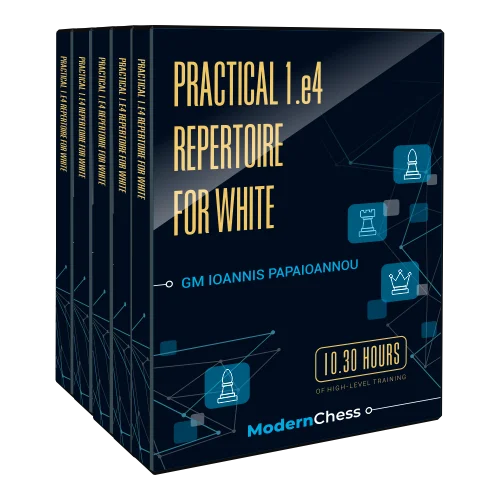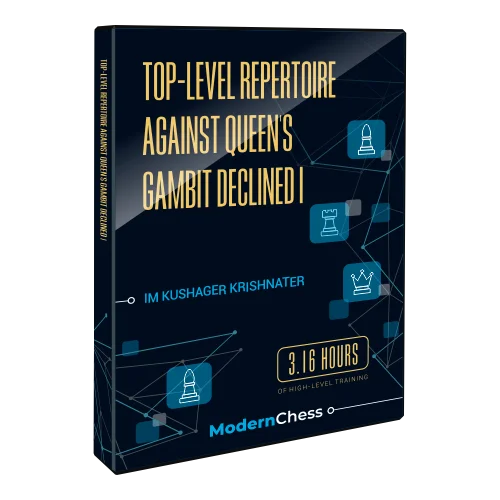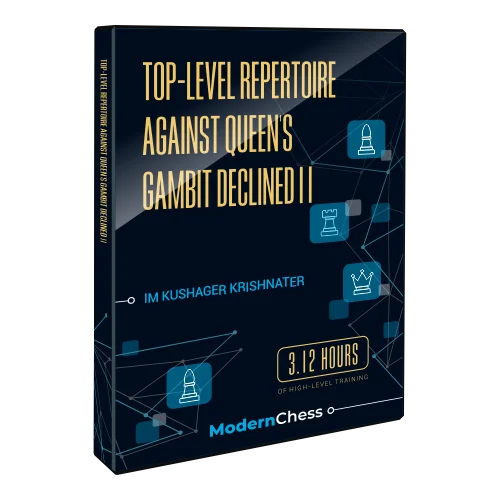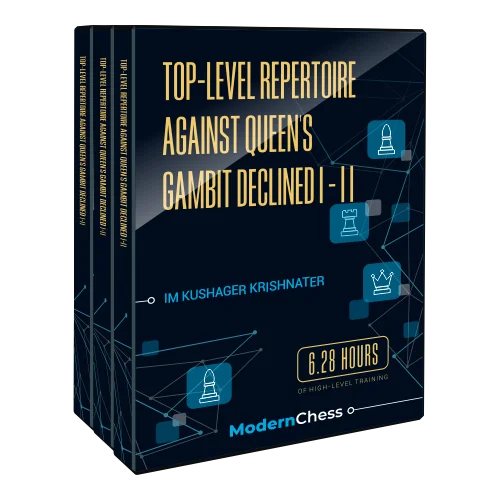One of the most important positions to learn is those with opposite-coloured bishops. A chess player, wanting to become strong, needs to improve many different areas of the game. This might include, for example, playing positions with opposite sides castling, making positional pawn sacrifices, and playing with a knight against a bishop. Developing experience in this or that type of position enables a player to become better prepared and more confident when these occur in his games. It is also important as players can then decide to enter particular types of positions that they have studied before, for example, choosing to play with or against the isolated queen pawn.
Preview by the Author
One of the most important positions to learn is those with opposite-coloured bishops. A chess player, wanting to become strong, needs to improve many different areas of the game. This might include, for example, playing positions with opposite sides castling, making positional pawn sacrifices, and playing with a knight against a bishop. Developing experience in this or that type of position enables a player to become better prepared and more confident when these occur in his games. It is also important as players can then decide to enter particular types of positions that they have studied before, for example, choosing to play with or against the isolated queen pawn.
A difficulty in positions with opposite-coloured bishops is that one needs to use different rules in the middlegame and endgame. In the endgame, the defending side should aim to build a fortress by placing pawns on the squares of the colour of their bishop. Still, the exact pawn placement may be a critical mistake in the middlegame because the opponent can more easily organize a potentially crushing attack using the resulting ‘holes’ in the position. So, in choosing the correct strategy in a position with opposite-coloured bishops, one needs to answer the following questions:
(1) is my position better or worse?
(2) how likely is the endgame to occur?
The above example is just the tip of a giant iceberg.
Developing expertise in middlegames with opposite-coloured bishops can be very time-consuming. To do so you can read different manuals about middlegame play; most will have at least a chapter about such positions. There is also useful material on YouTube. You can also study the games of strong GMs and study the critical moments yourself or you can read this series of articles.
Any material is easier to learn if it is properly structured.
This survey also has a plan. In the first article, we will see examples where the stronger bishop dominates on the long (a1-h8/a8/h1) diagonal. The second part features cases where the bishop uses the a2-g8 (a7-g1) diagonal to dominate the position. The third article will show examples of bad bishops in the French Defense. In the final article, we will review a collection of atypical examples and you will find some good practice pointers for improving your middlegame play with opposite-coloured bishops.
Below, I list the names of the different topics in the database:
Domination on the Long Diagonal
Positions in which one side controls the long diagonal are hazardous if the opponent’s king is in the firing line. You should be ready to sacrifice one or even two pawns without hesitation for such an attack!
Pressure on f2 (f7)
The second part of the survey is dedicated to examples in which one of the sides had pressure on the f7 (f2) square thanks to a much better bishop. We start with simpler cases, where the bishop’s domination is obvious before covering examples where securing the dominant bishop requires some preparation with a pawn sacrifice. To finish, we will examine a few instructive mistakes in which the losing side in underestimating the bishop’s power enabled their opponent to obtain a decisive advantage.
Opposite-Coloured Bishops in French Structures
Which opening comes to mind when you think about bad bishops? I guess many of you will answer the “French defense”. For me, it is definitely so. After the moves 1.e4 e6 2.d4 d5 Black’s light-squared bishop is doomed to experience long-lasting difficulties in finding a good place on the board. True French experts such as Viktor Kortschnoj, Wolfgang Uhlmann, Jan Timman, Rafael Vaganian were, in their best games, even able to make this bishop an important asset but in most French games the bishop struggles to be effective. Sometimes White manages to trump this bishop with the knight on d4. But for our series, these examples do not have a particular value. We are specifically interested in the situations when the dominance of White’s dark-squared achieves an advantage bishop. There are a few typical scenarios where such an advantage occurs.
General Concepts
After dividing all examples from my collection into three groups (the long diagonal pressure, a2-g8 (a7-g1) diagonal control, and the French bishop problem), I still saw many examples left on my computer. A big part of them happened in the Sicilian games but the rest can hardly be divided into groups with more than 2 examples.
Talking about the Sicilian cases I need to explain how the bad bishop appears there. In the Sicilian lines with e7-e5, White gets the e4-pawn blocked. If the White light-squared bishop can’t reach the a2-g8 diagonal (because his pawn on c4 or Black manages to prevent Bc4-move), there is a high probability that the bishop will have to become bad. Like the French Defense scenario (described in the previous article) Black can outclass the bishop with both the knight and own dark-squared bishop.
The PGN version of the database consists of 116 files!


